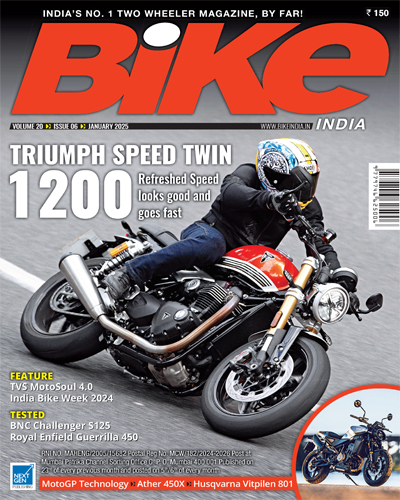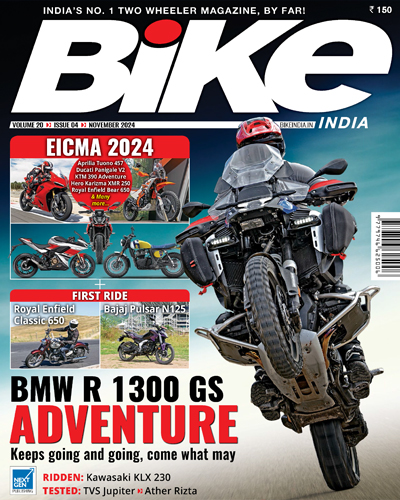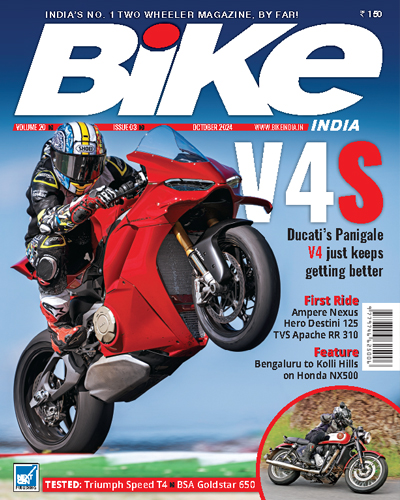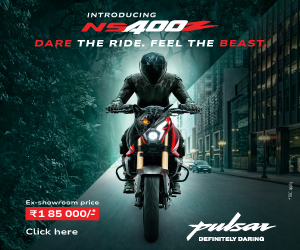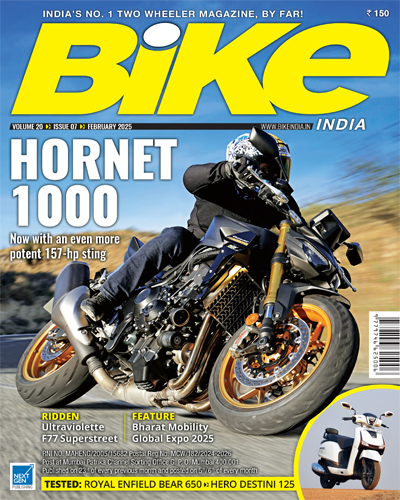
Activity Aplenty
The year gone by was extremely hectic and this year seems to be going to be even more so. January was kick-started by the Indian Motorcycle of the Year (IMOTY) awards ceremony. Then there was the Bharat Mobility Show in Delhi and the first ride of the new Ultraviolette motorcycle.
The IMOTY ceremony was an august gathering comprising the who’s who of the automobile industry. The 2025 award was presented by Dr Raghupati Singhania, Chairman and Managing Director of JK Tyre. The winner of the IMOTY 2025 was the Aprilia RS 457.
The Bharat Mobility Show was quite a let-down, except Hero MotoCorp’s launch of three motorcycles and a scooter that had already been unveiled at the Milan Motorcycle Show (EICMA). BMW Motorrad launched the S 1000 RR and the 1300 GS Adventure. Suzuki launched the electric Access, Honda the electric Activa, and TVS a CNG variant of the Jupiter, besides showcasing Norton motorcycles. The Yamaha stand had the RD 350 and the RX100 on display in the historic section with a couple of adventure bikes. There were quite a few small electric two-wheeler manufacturers who displayed electric scooters. Incidentally, the new Expo facility is good and it would have proved even better had it been a little compact and not so widespread.
A new rule promulgated by the Regional Transport Authority makes it mandatory for all motorcycles registered before 2019 to be fitted with security number-plates. To get these number-plates, one is required to apply to the local Regional Transport Officer who will then direct the applicant to a motorcycle dealer authorised to carry out the fitting of the official number-plates.
The Indian motor sport community lost another stalwart, Darius Bhathena, who started his career racing bikes at Lohegaon in Pune. He was a man with a golden heart. May his soul rest in peace.
Aspi Bhathena
Editor

